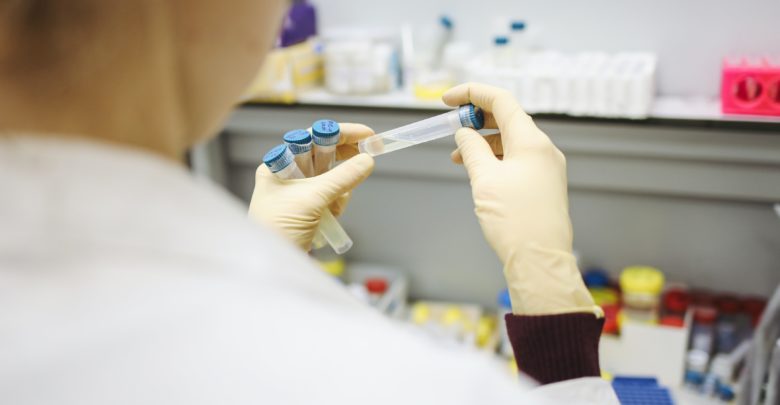 Polina Tankilevitch
Polina TankilevitchAfter a year of remote learning, students are desperate for the return to in-person instruction. Yet, given the difficulties around Canada’s vaccine rollout, when the university can ensure a safe return to campus continues to remain an open question. With or without a vaccine, returning to in-person learning will require campus-wide rapid testing.
Alberta’s testing capacity and contact tracing efforts have not been able to handle the demand since the start of the pandemic, and there are minimal signs of improvement. The end of asymptomatic testing in October was a telltale sign. The testing of only those who display symptoms inaccurately models the rate of the virus’ transmission, which arguably paved the way for the situation the province finds itself in right now. Because of this, it will be a long time before there is any return to normal with Alberta Health Service’s current procedures.
As a result, rapid testing may be necessary for future success. It would certainly increase testing capacity and turn around rate of results. Even if the results are not as accurate, any return to in-person requires an idea of the rate of transmission.
One institution that has been a model in North America for returning to campus is Cornell University. Their strict COVID-19 protocols allowed some students to attend class in-person since last fall. On top of mandatory masks and social distancing, Cornell boasts an impressive rapid testing system that has led to minimal outbreaks.
Students, staff, and faculty are tested either once or twice a week, depending on how much they are on campus. A dedicated lab at Cornell handles 50,000 tests a week. Samples are sorted in pools of five, which saves resources and allows more tests to be examined daily. Results are available within 24 hours.
When the scarce test ends up positive, a contact tracing operation takes place, and adaptive testing is conducted on everyone who might have been exposed. Even when the rare outbreak occurs, Cornell’s detailed alert level system allows them to ramp up restrictions as needed, ensuring they maintain a safe campus.
Granted, there are a lot of factors that are working in Cornell’s favor. It helps a lot that they have the money and infrastructure to support these COVID measures. Having a provost who is a molecular biologist that understands the potency of the virus goes a long way too. Lastly, not every university has the space to isolate infected students outside of their residence. However, it demonstrates how much attention and oversight is required to limit transmission of the virus. Under current circumstances, this is what a return to campus would have to look like.
The U of A could definitely learn many lessons from Cornell’s success. While they do not have access to the same resources as Cornell, the U of A should not move forward with re-opening until they could guarantee the same rate of prevention of transmission.




